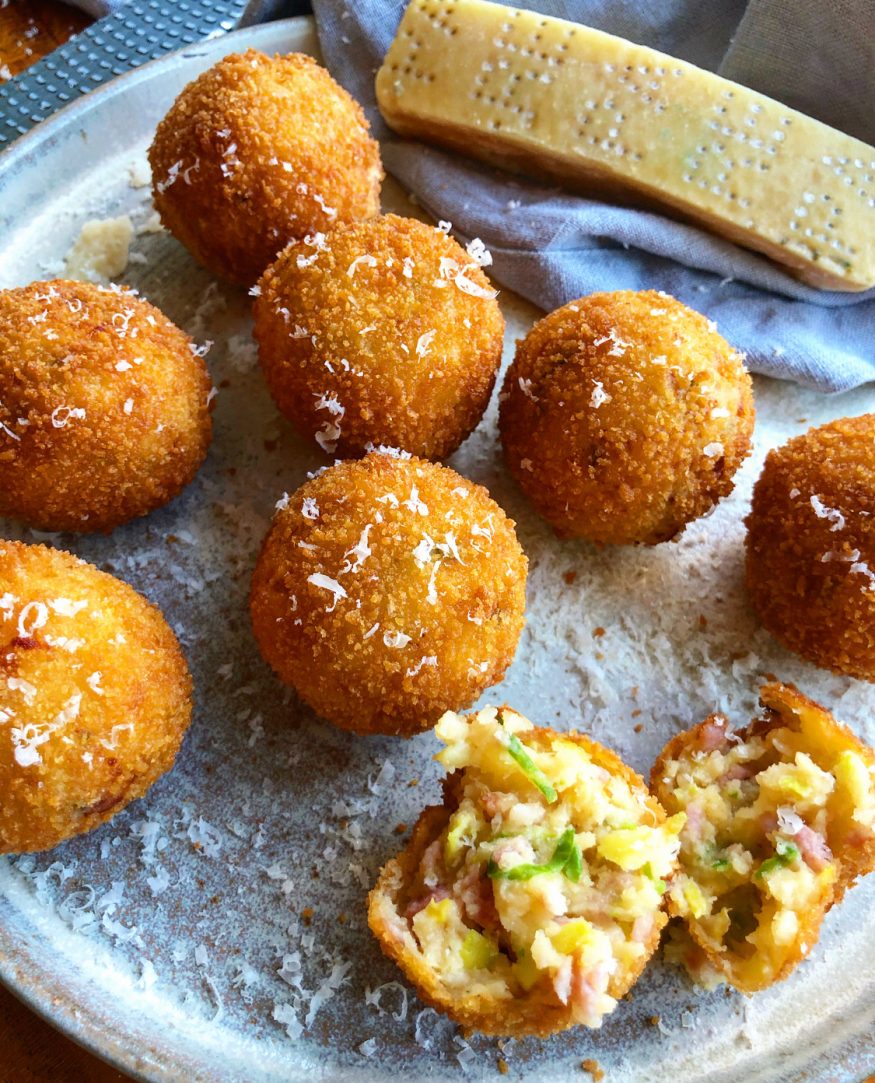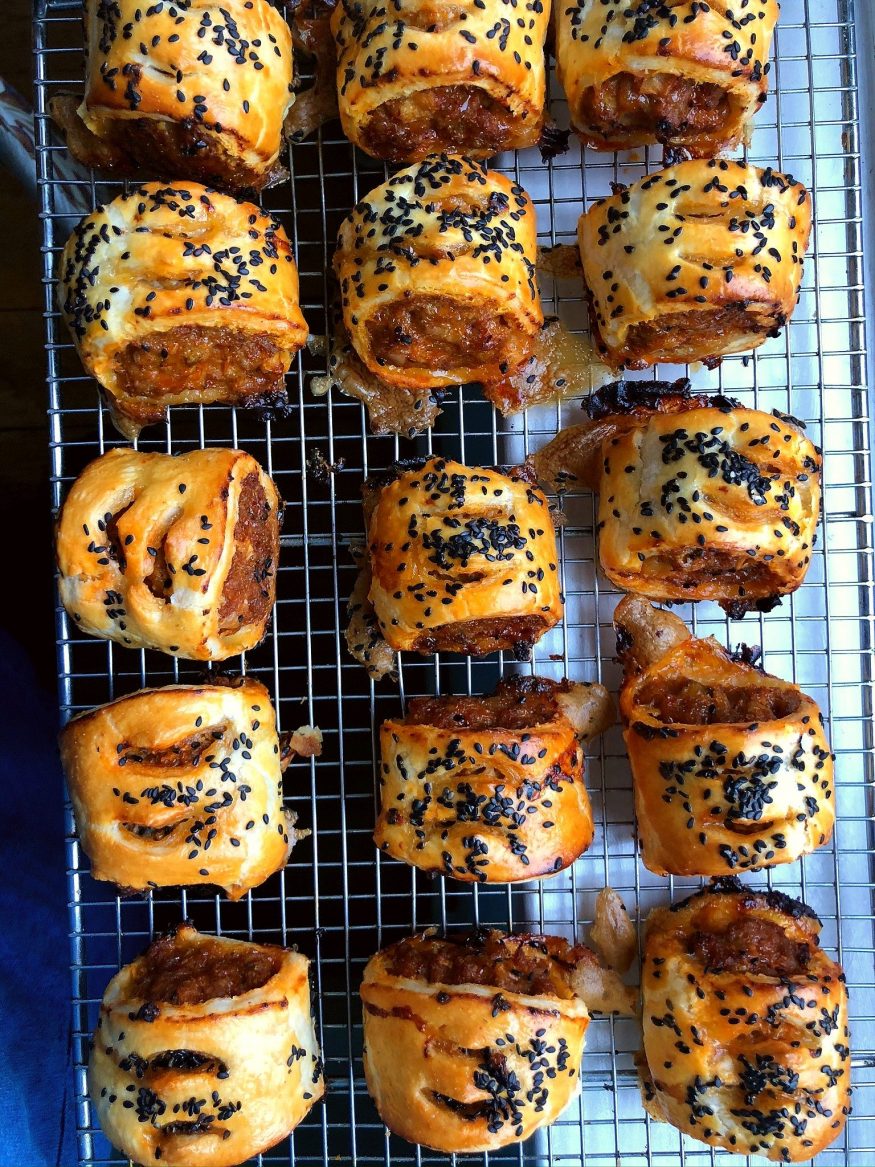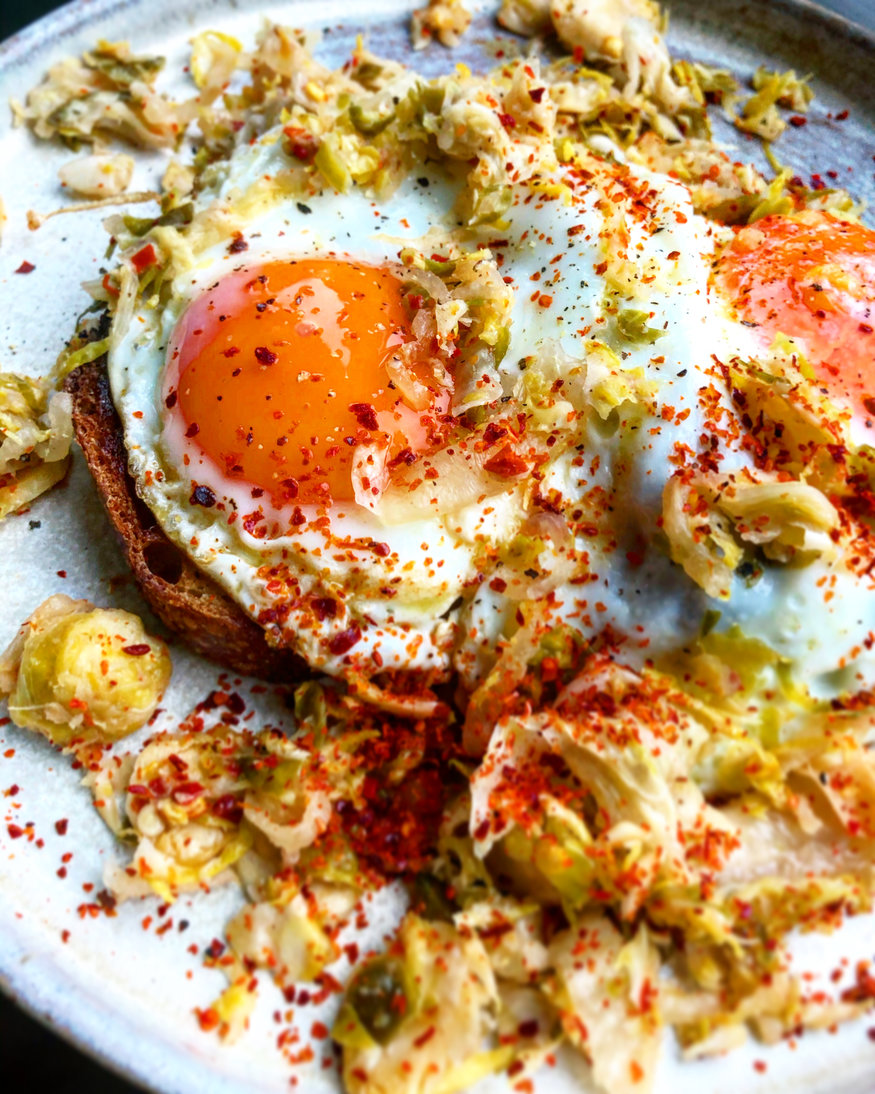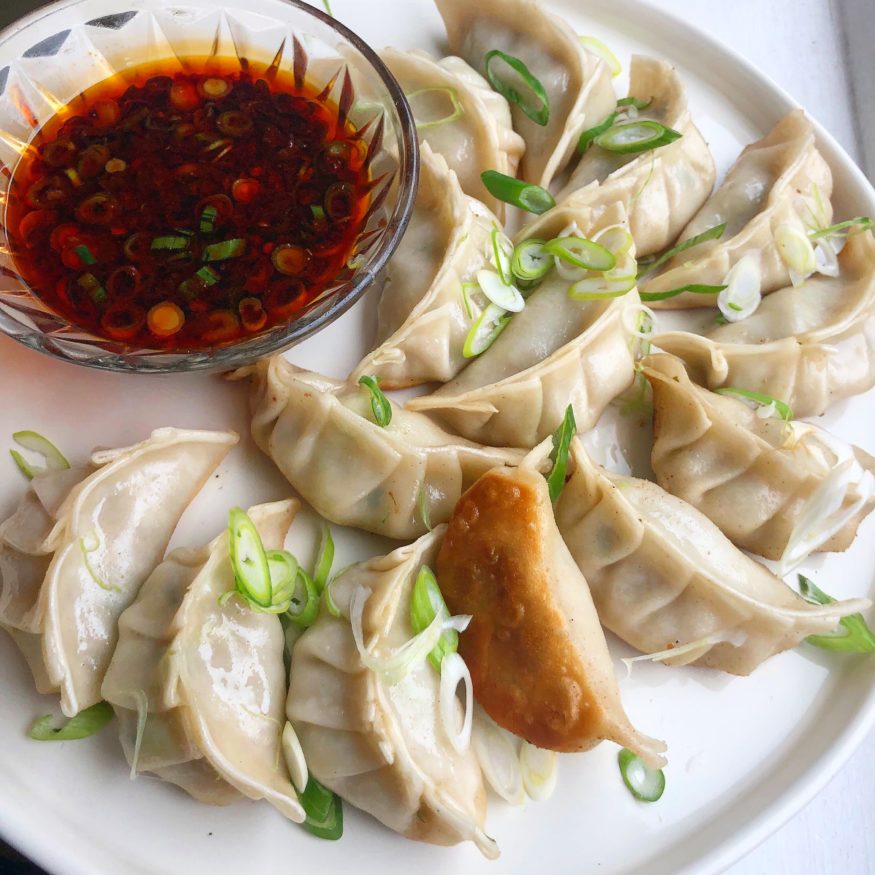
This is a recipe I’ve developed as part of a paid partnership with Parmigiano Reggiano.
It’s only in recent years I’ve begun to throw myself into seasonal cookery as part of my plan to reclaim Christmas as something more my own, rather than focusing on all the aspects I don’t enjoy (see: the whole religious festival thing, the stress, tinsel). Obviously, the social side is fun, and it’s nice to have a break – even if I didn’t bloody choose to have one thankyouverymuch – but for me, it’s about trying to enjoy myself in non-traditional ways and not get annoyed with gaudy lights and forced participation.
I’ve chosen to buy a non-traditional tree, for example. I was always whining that I didn’t like the green pointy variety, so why did I ever consider buying one? Mine’s a willowy silver number covered with food-themed baubles and a crab on top instead of an angel. So there.
Please don’t for a moment think I am judgemental about the ways in which others enjoy Christmas because nothing could be further from the truth. I think there is a lot of pressure at this time of year to do things a certain way, and what I’m trying to say is that it’s helped me a lot to find my own path.
Food can become oddly competitive too, which is a shame because it’s arguably the best thing about Christmas {insert caveat about family time here}. Over the years I’ve developed some recipes which have become firm favourites (these sausage rolls with whisky caramelised onions for example) and some which are popular newcomers (looking at you, Brussels sprout kimchi).
I think one thing we can all agree on is that it’s necessary to ensure a steady stream of snackage, and these croquettes are a perfect little bite. They’re just mashed potato, bacon, Brussels and plenty of Parmigiano Reggiano made into balls and deep-fried, and you could easily swap in some leftover ham or other greens if you felt like it.
The Parmigiano Reggiano brings moreish savouriness and depth of flavour, plus it’s very handy to have around at this time of year – try grating it onto puff pastry and twisting into straws before baking for the easiest last-minute party snack for example, or use as a filling for palmiers with anchovy. It would be great in some miniature tartlets with crab as a smart starter, or try adding to stuffing for a savoury note that will keep people guessing.
The most important thing is not to stress, and I think one of the nicest ways of hosting at Christmas is to invite people round, tell them to bring their own bottles, make a big pile of literally just one snack and have them dig in. These are cute and filling enough to keep everyone satisfied and you don’t have to faff about with multiple tasks. They work nicely with a quick n’ dirty dip made with mayonnaise, a touch of yoghurt, chives, garlic and more Parmigiano Reggiano. Dive in, kick back and try not to worry about what on earth you’re going to buy that cranky old uncle you don’t particularly care for.
Parmigiano Reggiano, Bacon and Brussels Sprout Croquettes Recipe
Makes 25-30 croquettes, depending on size
700g potatoes for mashing such as Maris Piper
2 egg yolks, plus 2 whole eggs for coating
100g grated Parmigiano Reggiano
120g Brussels sprouts, stalks removed and finely shredded
240g bacon (8 thin rashers), large pieces of fat removed and finely diced
Flour, for coating
Breadcrumbs, for coating
Oil, for frying
Cook the potatoes in salted water, then mash them until very smooth.
Add the bacon to a hot, dry frying pan and cook until just beginning to crisp, then add the sprouts and stir well. Cook, stirring, just until the sprouts have softened.
Mix mashed potatoes, Parmigiano Reggiano, sprouts, bacon and some salt and pepper. Taste for seasoning, then add the yolks and mix well.
Roll into walnut-sized balls and chill for at least 2 hours.
When you’re ready to cook the croquettes, cover one plate with flour, another with beaten egg and another with breadcrumbs. Using one hand for dry ingredients and one for wet, coat each ball in flour, then egg, then crumb.
Heat oil for deep frying to 180C. Turn an oven on low (50C or thereabouts).
Cook the croquettes in batches of 4 or 5, turning often, until golden brown all over (2-3 minutes should do it).
Drain on kitchen paper and transfer to the oven to keep warm while you cook the rest.
For the dip, I just mixed few tablespoons of mayo with a couple of yoghurt, a squeeze of lemon, a clove of garlic and plenty of grated cheese. Garnish with a few chives and you’re all set.


